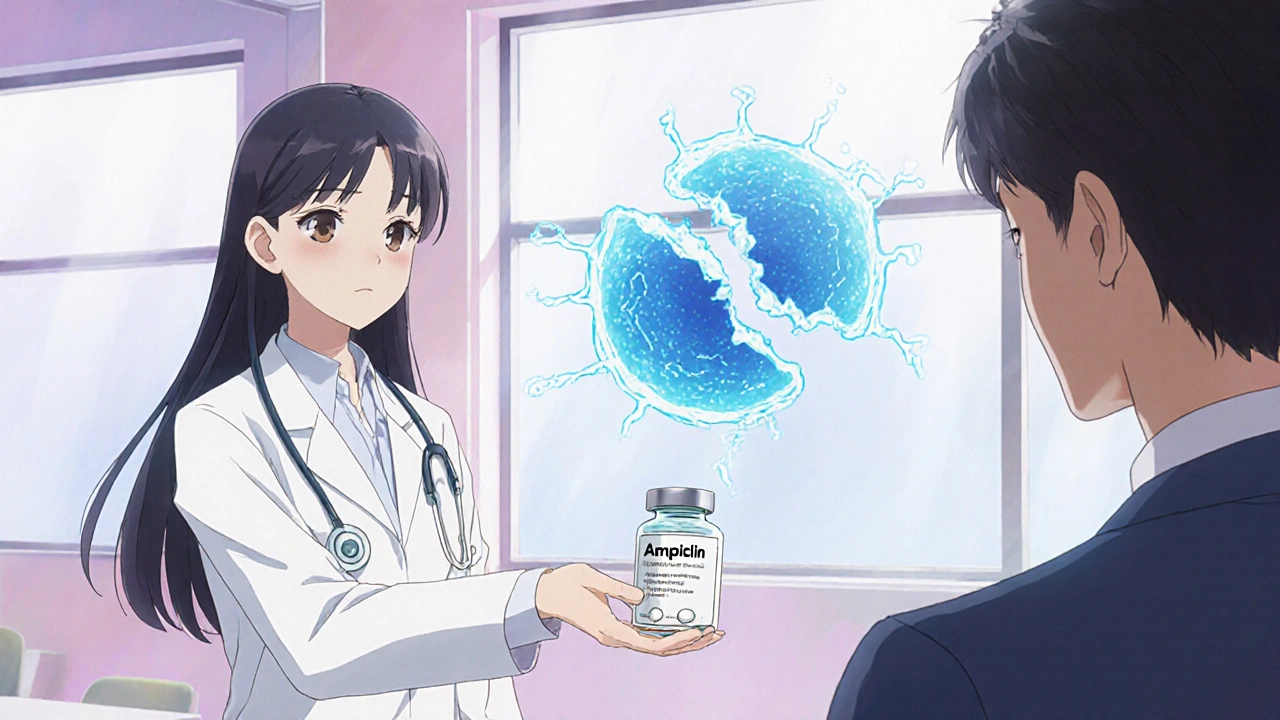Explore effective natural alternatives to ampicillin, including garlic, manuka honey, oregano oil, and more-see evidence, dosage, safety and when to see a doctor.
Read MoreNon‑Prescription Antibacterial Options: What You Need to Know
When talking about non‑prescription antibacterial, any drug or product you can buy without a doctor's script that fights bacteria on skin or mucous membranes. Also known as OTC antibacterial, it covers a range of creams, ointments, washes and lozenges you might pick up at a pharmacy or supermarket. Understanding what’s inside, how it works, and when to use it can prevent minor infections from becoming big problems.
One major group falls under over‑the‑counter antibacterial, readily available products that contain agents like bacitracin, neomycin or polymyxin B. These items are designed for quick, surface‑level action on cuts, scrapes, or minor burns. They’re cheap, easy to apply, and usually safe for healthy adults. However, the non‑prescription antibacterial label doesn’t mean you can ignore dosage instructions—using too much can irritate skin or disturb the natural flora.
Key Categories of OTC Antibacterials
When you pick up a tube of cream, you’re often choosing a topical antiseptic, a substance applied to the skin to kill or inhibit bacteria and prevent infection. Common examples include povidone‑iodine wipes, chlorhexidine solutions, and hydrogen peroxide sprays. The main attribute of a topical antiseptic is its rapid kill‑time, which is crucial for cleaning a wound before it’s covered. Some formulations also add moisturizers to keep the skin from drying out after repeated use.
Beyond creams, there are oral options like lozenges containing antiseptic agents such as cetylpyridinium chloride. These are aimed at throat infections or oral ulcers where a surface‑level antibacterial effect is needed. While they don’t replace a prescribed antibiotic for deeper infections, they can reduce bacterial load and ease symptoms in the early stages.
All these products exist in a landscape shaped by antimicrobial resistance, the ability of bacteria to survive drugs that once killed them. Resistance drives manufacturers to tweak formulas, and it nudges consumers to use OTC antibacterials responsibly. Overusing a broad‑spectrum ointment on every tiny nick can actually promote resistant strains on your skin, making future infections harder to treat.
Effective use of non‑prescription antibacterials requires three simple steps: clean the wound with mild soap and water, apply the appropriate topical antiseptic, and cover it with a sterile dressing if needed. Skip the harsh scrubbing—excessive friction can damage tissue and reduce the product’s efficacy. Also, watch for signs of allergic reaction like redness, itching, or swelling; if those appear, stop using the product and consult a pharmacist.
When you understand the link between product type, active ingredient, and the risk of resistance, you can make smarter choices. Below you’ll find articles that dive deeper into specific OTC antibacterial options, safety guidelines, and the science behind how they work. Whether you’re treating a scraped knee, a mouth sore, or just want to know when a prescription is truly necessary, the collection ahead gives you clear, actionable insight.
